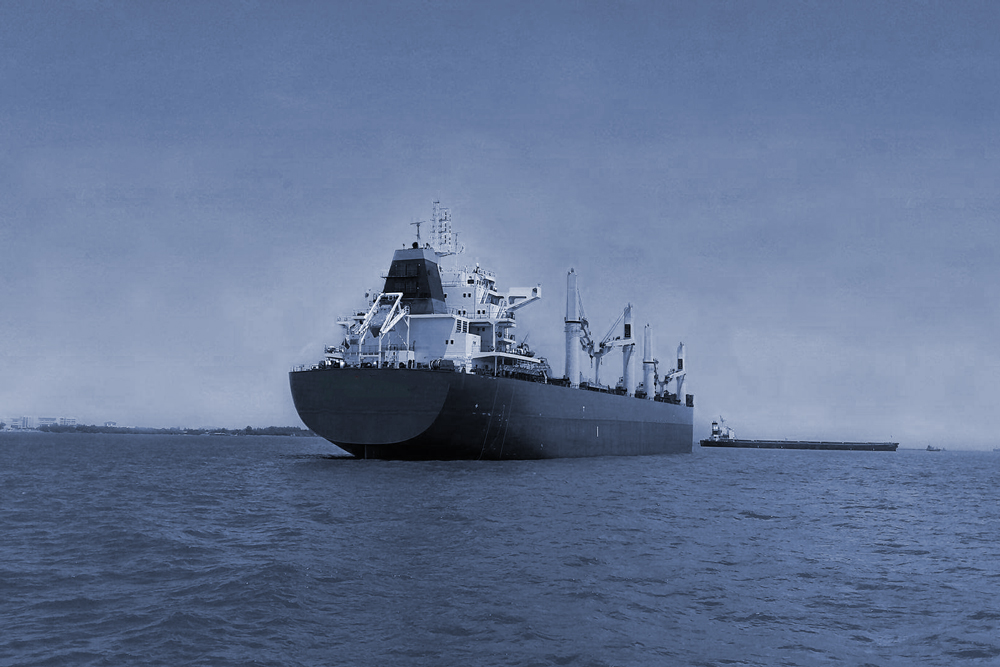The big boost to shipping following the gradual lifting of Covid restrictions in China has not materialized yet. Latest economic data raises doubts about the mid-term outlook. [ds_preview]By Michael Hollmann
It should be peak season for container and dry cargo shipping with rates rising across the board, however the opposite is true. Most indicators in our market compass tracing freight rates and vessel earnings month-on-month are down, some of them very heavily.
Analysts focusing on global trade are striking a more cautious tone lately amid growing signs that inflation has started impacting consumer and industrial demand in a negative way. Container import demand in North America and Europe is not bouncing back as quickly as forecast by many although, granted, export activity in China is still hampered by varying degrees of containment measures across the country.
A survey by freight booking platform Freightos among small and medium-sized business in the US showed that two thirds of them are experiencing a decrease in sales. Most of them attribute the dip to consumer price inflation. Even major retailers like Walmart and Target are suddenly reported as carrying too much inventory of certain durable consumer goods like furniture and electronics. In Germany, consumer sentiment already fell from a cliff in April. Although the fall was arrested during May, indicators by research institute GfK remain stuck far below levels this time last year.
Industrial output shrinking
As this issue of HANSA goes to print, official purchasing manager indices for the Eurozone and for the US point to a sharp slowdown in economic activity in both regions during June. Of note, the sub-indices for manufacturing output for both have dipped below the »growth« threshold of 50 points, suggesting that factory output is shrinking. The slowdown in the import powerhouses of global container shipping is a worrying sign for carriers and shipowners who are gradually pushing the orderbook towards 30 % of today’s fleet capacity. Quite staggering …
The development of spot freight rates for containers in recent weeks tallies with the deterioration in economic data. After briefly stabilising in the middle of May rates for liftings from the Far East to North Europe and to the US continued drifting lower in June. However, rates for shipments from China to the Middle East and to South America strengthened.
Productivity bye-bye …
Levels in the transatlantic westbound trade from Europe to the US East Coast remained stable at very high levels amid reports of continued capacity shortages and despite the redeployment of some vessels from Russian Baltic trades to the transatlantic. Shipping capacity in the Atlantic seems to be restrained by port congestion a lot more right now than in the Pacific, partly driven by a shift of import volumes from West coast ports to East coast ports. Lengthening vessel queues were reported at Savannah and New York/New Jersey and in North Europe mainly at Hamburg and to some extent at Bremerhaven.
Given the worsening demand fundamentals, fleet utilisation and high freight rates are likely depending more than ever on inefficiencies and productivity issues – some of them due to the pandemic (port congestion), some due to stricter environmental regulation. Brokers on the chartering side expect a notable increase in tonnage demand due to speed reductions forced by EEXI / C II regulation, as highlighted in our viewpoint column. Also, sentiment among liner operators has not been shaken so far, not even among the new »unconventional« players who rely on smaller, less cost-efficient vessels. Freight forwarder Allseas has just spun off its own shipping line with six chartered vessels. In Germany, newcomer Tailwind Shipping Lines/Lidl is rumoured to be making massive strides in setting up its own operation in the Asia/Europe trades and perhaps elsewhere, too.



















